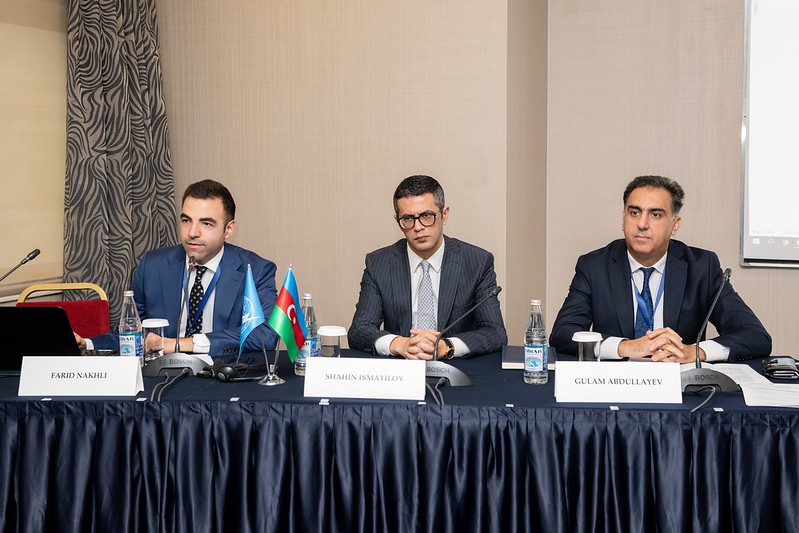15 November 2022

IMT-2020 or 5G is the fifth generation mobile communications standard, featuring high data transfer rates with minimal delays.
Thanks to this latest technology, robots, unmanned cars, and other technologies are created. Initially, 5G as a technology was created more for industrial production than for individual use, however, it will be available to anyone who can afford it. The fifth-generation network will also enable the successful implementation of new technologies such as the Internet of Things, artificial intelligence, Big Data, optimization of processes in manufacturing, large offices, shopping centers, and in general in all processes of digitalization of any country's economy. The expert talks about the benefits and challenges of the 5G network.
"The services that the 5G network will provide can be conditionally divided into three groups. The first is advanced communications, which will provide multi-gigabit data transmission speeds. These are ultra-high-definition television transmission, 3D video, online games, virtual reality, and new opportunities in healthcare, education, industry, etc. Then there are large-scale machine-to-machine communication systems. These are large numbers of low-cost subscriber devices transmitting small amounts of data. These services will be used in energy, transport, healthcare, trade, etc. The third group of services is ultra-reliable data transmission with low latency. We are talking about wireless control of industrial and manufacturing processes (robotization), remote medicine, transportation security, smart homes and cities, intelligent road infrastructure, and so on. For example, when an automated car will move, there has to be a connection to the infrastructure and cars.” - said
Mr. Dmitriy Korzun, Head of Telecommunications and Radio Frequency Spectrum Regulation Department of the Ministry of Communications and Informatisation of the Republic of Belarus.
The majority of European countries pay a lot of attention to automated transport. And one of the European Commission's requirements is that by the end of 2025, 5G will provide seamless coverage of roads, railways, and other transport arteries. Therefore, many countries are already trying to follow a similar path to create a 5G network. And in order to help the countries in the formation of strategies for launching and development of 5G technology the International Telecommunication Union together with the Ministry of Science and ICT of the Republic of Korea conducted a series of training on "Launching Next Generation Mobile Communications Networks (IMT-2020/5G)" in Kazakhstan, Kyrgyzstan, and Uzbekistan, and is conducting the concluding training in Azerbaijan.
Thus, from 1 to 3 November 2022, the training on the 5G technology launch was held in Baku, Azerbaijan. It was attended by more than 50 specialists, including representatives of the Communications Administration, regulatory bodies, telecom operators, equipment manufacturers, research organizations, and the country's private sector.
Experts of the International Telecommunication Union, GSMA, and the Ministry of Communications and Informatisation of the Republic of Belarus shared their experience in launching and implementing 5G technology into commercial operation.
Experts shared different aspects of the 5G networks launch, primarily in terms of new services and strategy of their promotion, respective business models of operators, implementation of 5G/IMT-2020 networks at the national level, including approaches to the new radio frequency bands allocation, infrastructure sharing and planning for the legacy networks shut down to focus on the 5G/IMT-2020 networks development. On the last day of the training, there was an open discussion between training participants and experts on various aspects of 5G implementation.
|